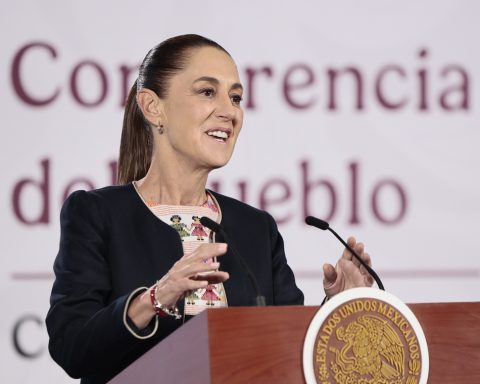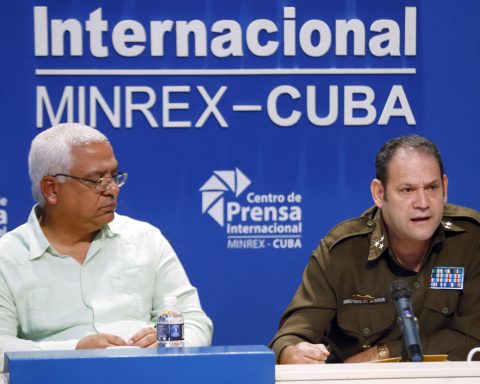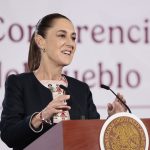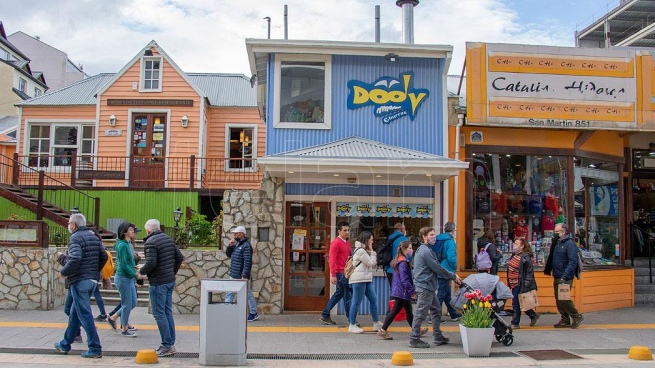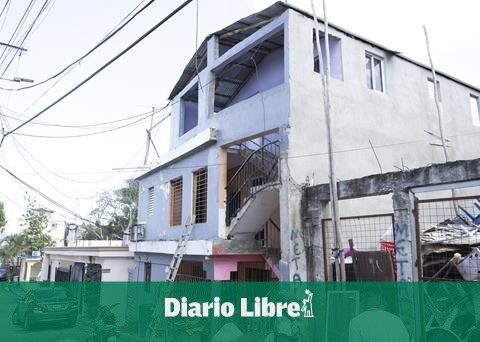Cuba stopped emitting more than 87 thousand tons of carbon dioxide (CO2) into the atmosphere every year for a five-year period, as part of a program for the exclusion of ozone-depleting substances, it transpired today.
The head of the Ozone Technical Office of this Caribbean nation, Nelson Espinosa, pointed out that the country has the productive capacity to dispense with the use of hydrofluorocarbon refrigerant gases.
In this sense, only in 2021 the consumption of 121.33 tons of hydrochlorofluorocarbon (HCFC) -141b gases, with a high global caloric potential, was eliminated, “an evidence of the country’s environmental vocation and the exclusion of ozone-depleting substances,” he said. in an interview with the Cuban News Agency.
Said action, he stressed, is part of the National Plan for the Elimination of HCFC in the refrigeration sector, medicine packaging and other applications, with a view to the suppression of the refrigerant gas R-141b, in addition to the production of rigid polyurethane foams. , elements that destroy the ozone layer.
He pointed out that they carried out experiments to eliminate these substances in the Basic Business Unit 5 of the Caribe Refrigeration Company, its counterpart Laminados Cometal and the company that produces refrigeration equipment.
The Automotive Development Center and the Household Appliances Industrial Company of the central province of Villa Clara also worked towards this objective.
Cuba is a signatory of the Vienna Convention for the Protection of the Ozone Layer (1985) and the Montreal Protocol (1987), related to the control and gradual elimination of the production and consumption of industrial chemical products.
The concentration of CO2 in the atmosphere leads to global warming and is the main cause of ocean acidification, due to its dissolution in water and the formation of carbonic acid.
